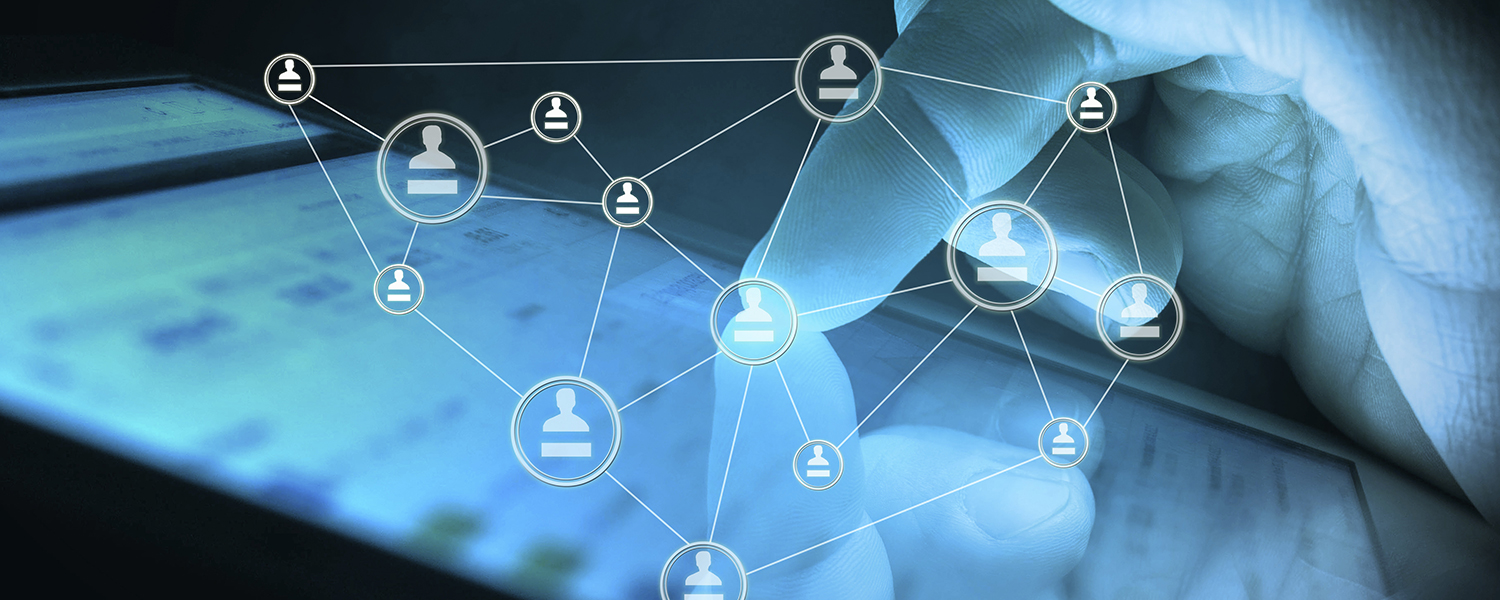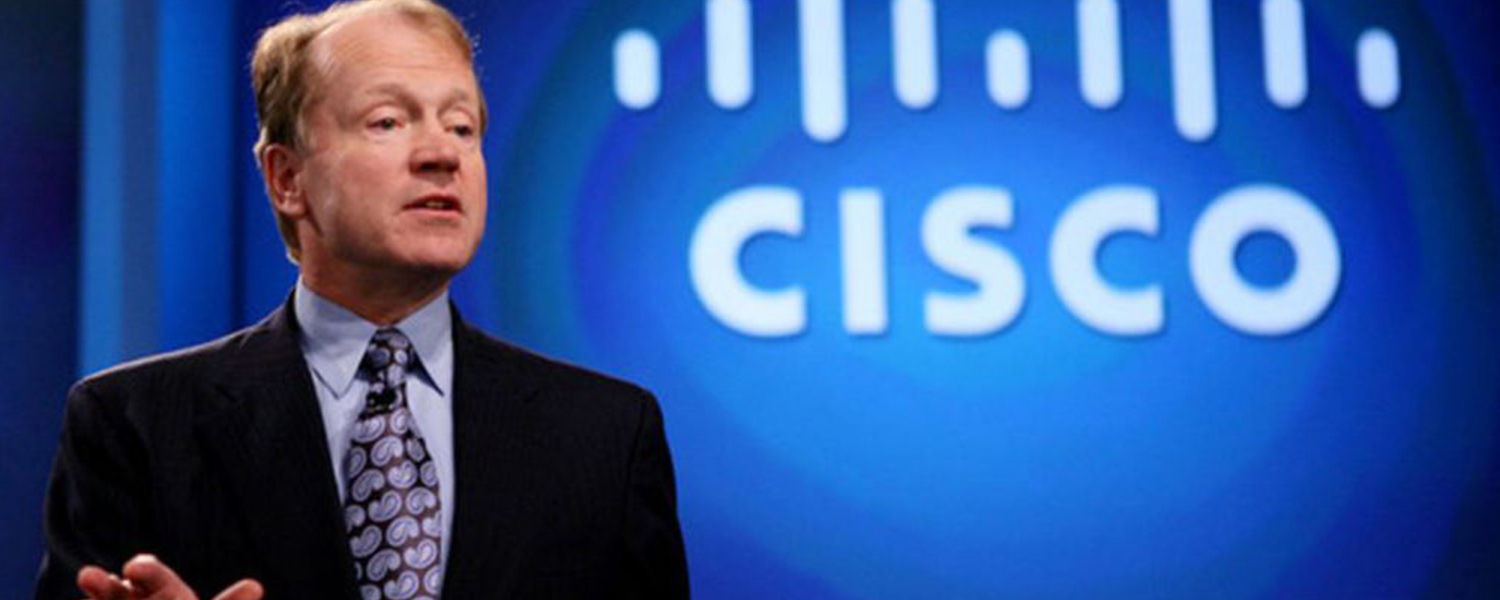
Scientists at the Australian National University (ANU) and the University of Otago have achieved a major breakthrough in computer storage.
The research team has successfully extended the time data can be stored on a prototype quantum super-computer optical hard drive by over one hundred times.
Physicists had already come up with a way to store data in a state of quantum entanglement, but such states could only be maintained for a short time before the entanglement failed.
Using atoms of the rare earth element europium embedded in a crystal, the Australian and New Zealand research team came up with a way to store data for hours rather than milliseconds, making a huge breakthrough towards the world’s first solid state quantum hard drive.
The team essentially created the ROM (Read Only Memory) by embedding an atom of europium into a crystal matrix and subjecting the crystal to magnetic fields, which locked the atom’s spin in place and preserved the fragile quantum information for longer.
“This prevented the quantum information leaking away for as long as six hours, which is quite surprising,” says Jevon Longdell, University of Otago, Dodd Walls Centre for Photonic and Quantum Technologies.
“Quantum states are very fragile and normally collapse in milliseconds. The fact that we have storage times of hours has the potential to revolutionise how we distribute quantum entanglement in a communication network,” says Manjin Zhong, lead author at the Research School of Physics and Engineering at ANU.
Longdell says, “Our goal is to extend this storage time out past a day. Once we reach this target we believe it will be possible to physically distribute entangled quantum states between any two points on the globe.”
Currently quantum communication networks are limited to distances of about 100km.
Zhong says a quantum communication network could be used for ultra-secure communications and data transmission.
“You can distribute the entangled pairs of quantum states literally in a box sent via the post. Then use these entangled pairs to come up with a shared secret key and then use this secret key to do the communication,” says Longdell.
“By comparing the results with your friend you can come up with a secret that only you two share. The neat thing is that we have discovered you can do this comparison without a secure channel,” he says.
“In the old days posting out secure keys was a routine thing to do. From a security point of view it wasn't great because it involved trusting the courier. This isn't something that our "quantum post" would suffer from. If someone tried to look what was in the crystal while it was in transit we would notice because they can’t measure the quantum states without disturbing them,” says Longdell.
The experiment shows different ways of extending quantum communications, opening up new possibilities, says Zhong.
In the future, scientists hope there will be quantum or super-fast computers that can solve difficult problems which current computers cannot solve, says Longdell.
“Our long term storage of quantum states would be helpful to achieve this,” he says.
The team is also excited about the fundamental tests of quantum mechanics that a quantum optical hard drive will allow.
"We have never before had the possibility to explore quantum entanglement over such long distances," says Matthew Sellars, associate professor, leader of the research team.
“We should always be looking to test whether our theories match up with reality. Maybe in this new regime our theory of quantum mechanics breaks," says Sellars.


Investment is schools in 2015 will see major school property developments and technology in classrooms. Associate Education Minister Nikki Kaye says the Government will invest $6...
Read More
In order to still exist in 10 years, companies need to partner up and embrace change, says John Chambers, Cisco Systems CEO. “In the high-tech industry, our competitors from 15-2...
Read More